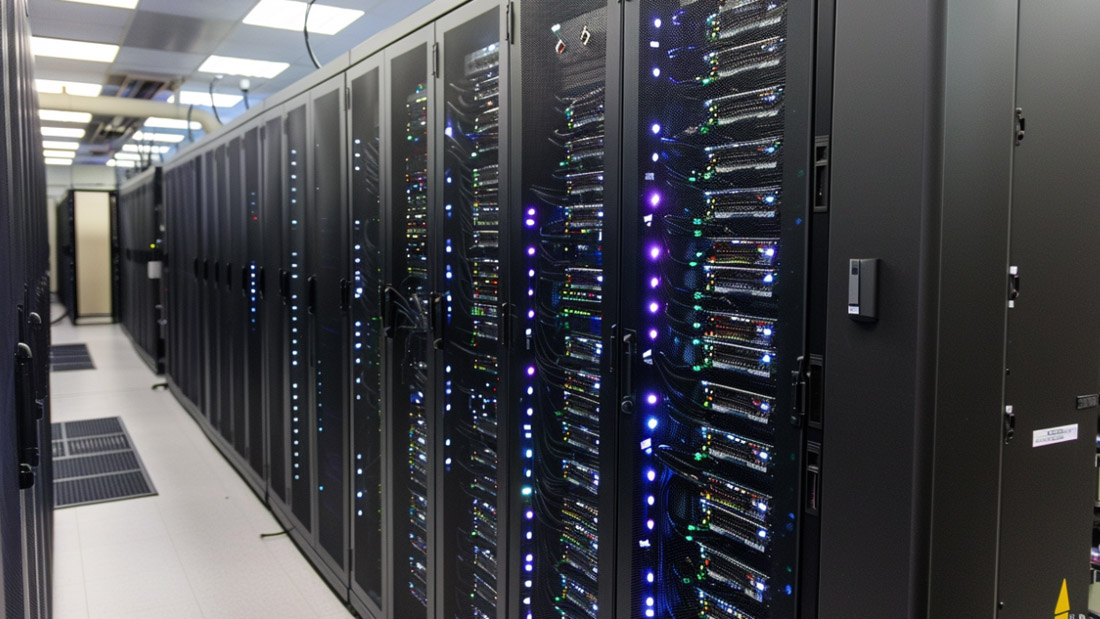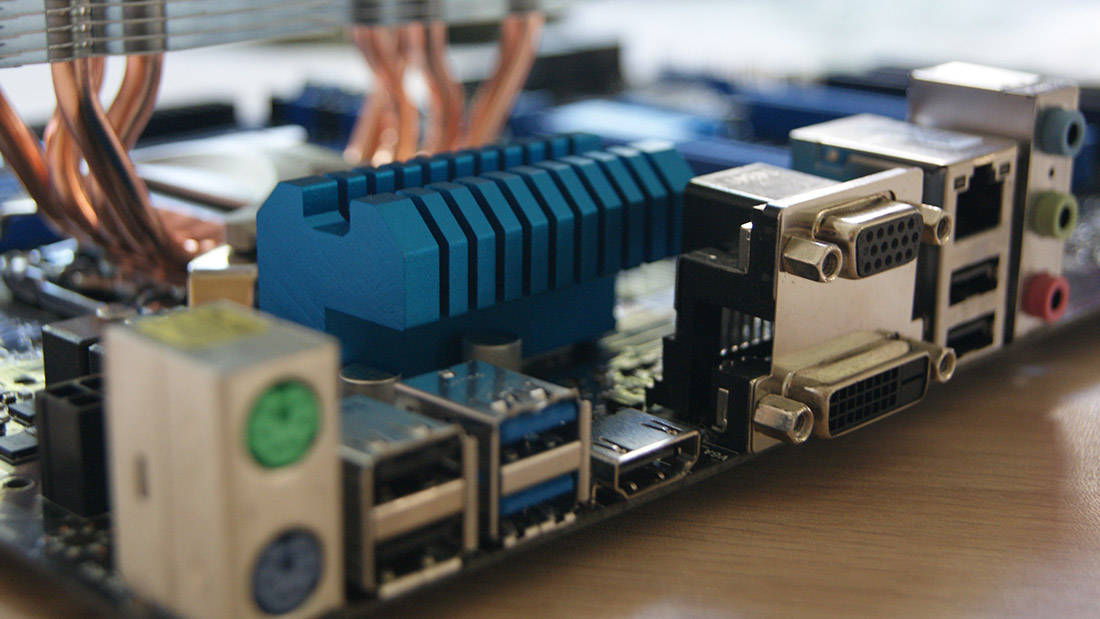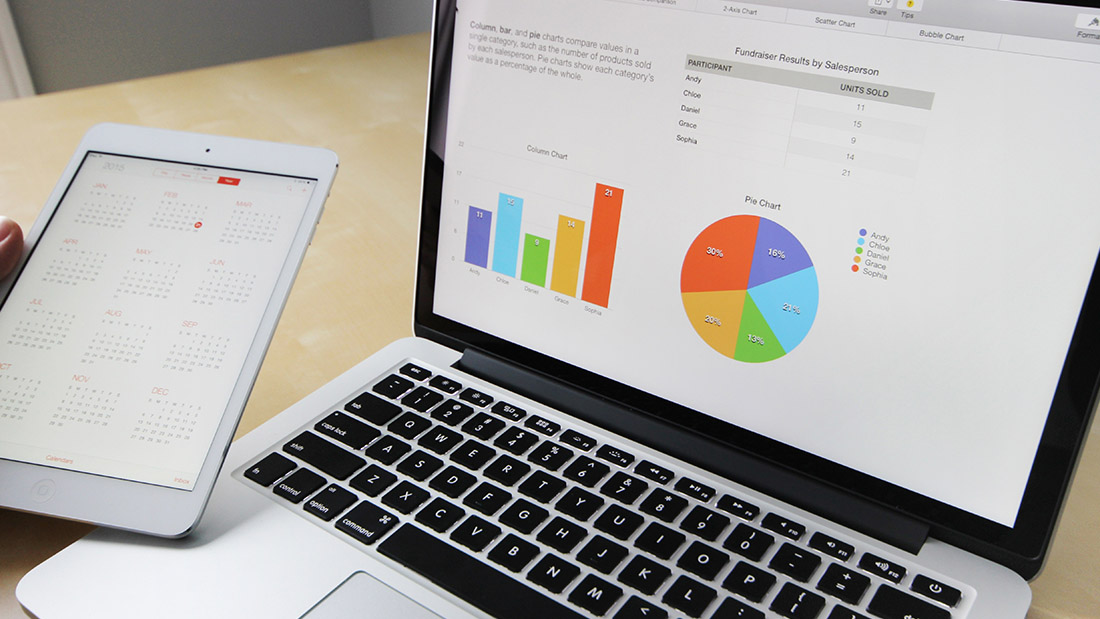Network Monitoring and Management: Tools and Techniques
May 16, 2024
Go back to "News & Updates"

Introduction
In the rapidly evolving world of information technology, maintaining a robust and efficient network is paramount for business success. Network monitoring and management involve the continuous oversight, maintenance, and optimization of a network’s performance. Effective network management ensures that any issues are identified and resolved promptly, minimizing downtime and maintaining productivity. This article delves into the essential tools and techniques for network monitoring and management, offering insights into best practices for keeping your network in top shape.
The Importance of Network Monitoring and Management
Network monitoring and management are critical for several reasons:
- Performance Optimization: Ensures that the network operates at peak efficiency by identifying and resolving performance bottlenecks.
- Security: Detects and mitigates potential security threats, safeguarding sensitive data.
- Reliability: Minimizes downtime by proactively identifying and addressing issues before they escalate.
- Compliance: Helps in maintaining compliance with industry standards and regulations.
Key Network Monitoring Tools
Network monitoring tools are essential for providing real-time insights into network performance and health. Here are some of the most widely used tools:
SolarWinds Network Performance Monitor (NPM)
SolarWinds NPM is a comprehensive network monitoring solution that provides real-time visibility into network performance. It offers features such as automated network discovery, customizable alerts, and detailed performance metrics.
PRTG Network Monitor
PRTG is a versatile network monitoring tool that supports a wide range of sensors for monitoring various aspects of the network. It provides detailed dashboards, real-time alerts, and comprehensive reporting capabilities.
Nagios
Nagios is an open-source network monitoring tool that offers extensive monitoring capabilities for network devices, servers, and applications. It is highly customizable and supports a wide range of plugins for enhanced functionality.
Zabbix
Zabbix is another powerful open-source monitoring solution that provides real-time monitoring, alerting, and visualization of network performance. It supports a variety of network devices and offers robust reporting features.
Wireshark
Wireshark is a widely used network protocol analyzer that captures and analyzes network traffic. It is invaluable for diagnosing network issues and performing in-depth troubleshooting.
Techniques for Effective Network Management
Effective network management involves a combination of strategies and best practices to ensure optimal network performance and security. Here are some key techniques:
Regular Network Audits
Conducting regular network audits helps in identifying vulnerabilities, performance bottlenecks, and areas for improvement. Audits should include a thorough review of network configurations, security protocols, and hardware performance.
Implementing Network Segmentation
Network segmentation involves dividing a network into smaller, isolated segments to enhance security and performance. This technique helps in containing potential security breaches and reduces the impact of network congestion.
Utilizing Network Performance Baselines
Establishing network performance baselines involves documenting the normal operating conditions of the network. These baselines serve as a reference point for identifying deviations and potential issues.
Proactive Monitoring and Alerts
Setting up proactive monitoring and alerts ensures that network administrators are notified of potential issues before they escalate. Customizable alerts can be configured for various performance metrics and security threats.
Automating Network Management Tasks
Automation tools can help streamline routine network management tasks, such as configuration backups, software updates, and security patching. Automation reduces the risk of human error and improves efficiency.
Regular Training and Skill Development
Investing in regular training and skill development for network administrators ensures they are equipped with the latest knowledge and best practices in network management. This helps in staying ahead of evolving threats and technological advancements.
Best Practices for Network Monitoring
Adhering to best practices in network monitoring ensures that your network remains secure, reliable, and efficient. Here are some recommended practices:
Comprehensive Network Visibility
Ensure that all network devices, applications, and traffic are visible to the monitoring tools. This includes both physical and virtual components of the network.
Real-Time Monitoring and Historical Data Analysis
Real-time monitoring provides immediate insights into network performance, while historical data analysis helps in identifying long-term trends and recurring issues.
Regularly Update Monitoring Tools
Keep your network monitoring tools up to date with the latest versions and patches. This ensures that you have access to the latest features and security updates.
Implement Redundancy and Failover Mechanisms
Redundancy and failover mechanisms help in maintaining network availability in case of hardware failures or other disruptions. This includes backup power supplies, redundant network paths, and failover servers.
Integrate Monitoring with Other IT Systems
Integrating network monitoring tools with other IT systems, such as helpdesk and incident management solutions, enhances the overall efficiency of IT operations and facilitates quicker resolution of issues.
Frequently Asked Questions
What is the main goal of network monitoring?
The main goal of network monitoring is to ensure the optimal performance, security, and reliability of a network by continuously monitoring its components and activities.
How often should network audits be conducted?
Network audits should be conducted at least annually, though more frequent audits may be necessary for larger or more complex networks.
What are the benefits of network segmentation?
Network segmentation enhances security by isolating sensitive data, improves performance by reducing network congestion, and simplifies compliance with regulatory requirements.
Why is real-time monitoring important?
Real-time monitoring is crucial for quickly identifying and resolving network issues, minimizing downtime, and maintaining optimal network performance.
How can automation improve network management?
Automation reduces the risk of human error, streamlines routine tasks, and improves overall efficiency by automating configuration management, software updates, and security patching.
What should be included in a network performance baseline?
A network performance baseline should include metrics such as bandwidth usage, latency, packet loss, and error rates during normal operating conditions.
Conclusion
Effective network monitoring and management are essential for maintaining a secure, reliable, and high-performing network. By utilizing the right tools and techniques, network administrators can proactively address issues, optimize performance, and safeguard against potential threats. Regular audits, segmentation, automation, and continuous training are all vital components of a robust network management strategy. Staying informed about the latest advancements in network monitoring tools and practices will ensure your network remains resilient and efficient in an ever-evolving technological landscape.
Get LIFETIME ACCESS to “My Private Prompt Library”: https://bit.ly/MTSPromptsLibrary
Write 100% Human Content (Guaranteed Results): https://fas.st/t/P6szda31
Looking for a custom GPT? or SEO services for your website? Hire me on Fiverr https://bit.ly/Hire_me_as_a_Freelancer











